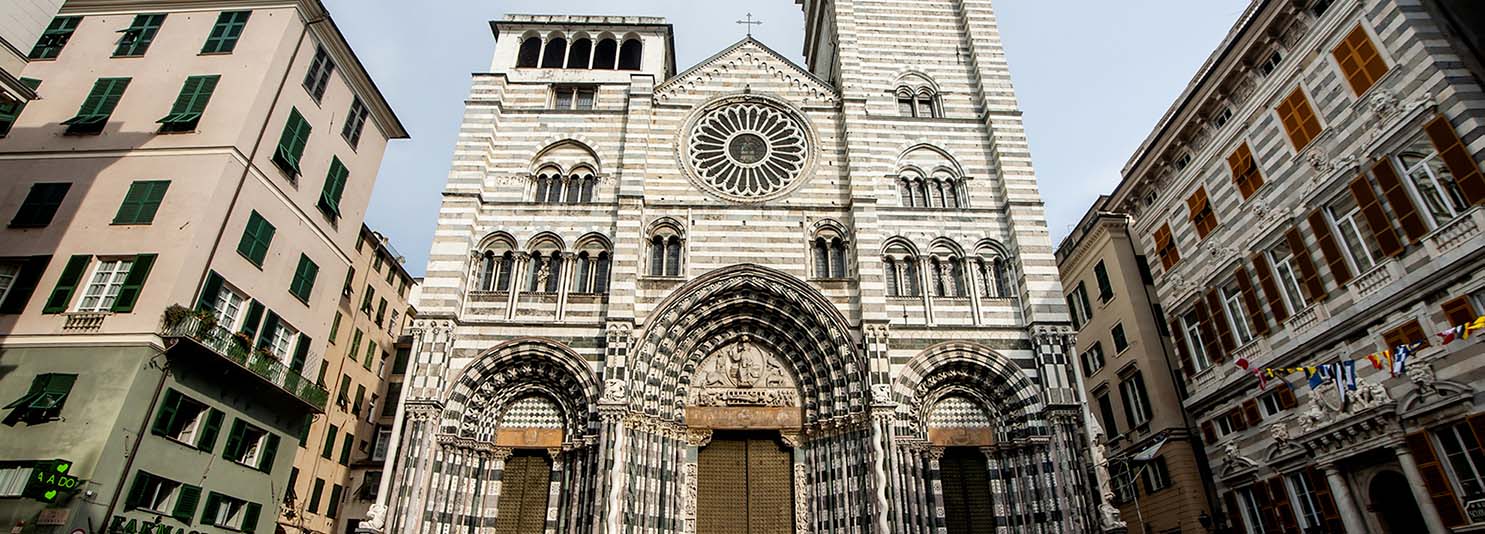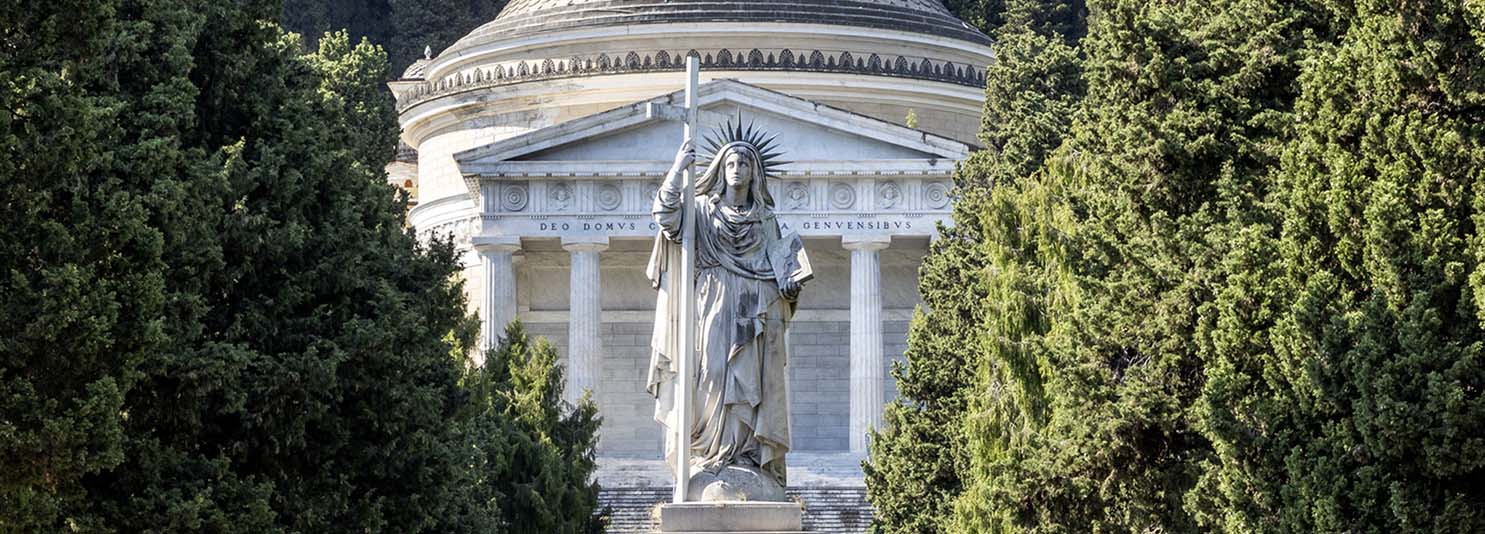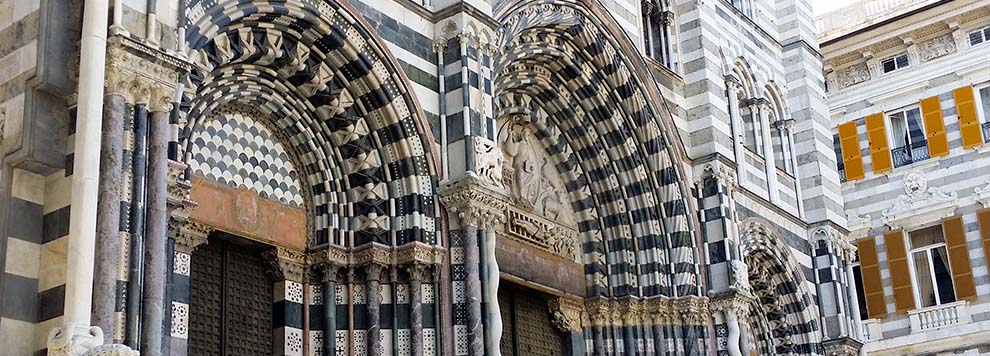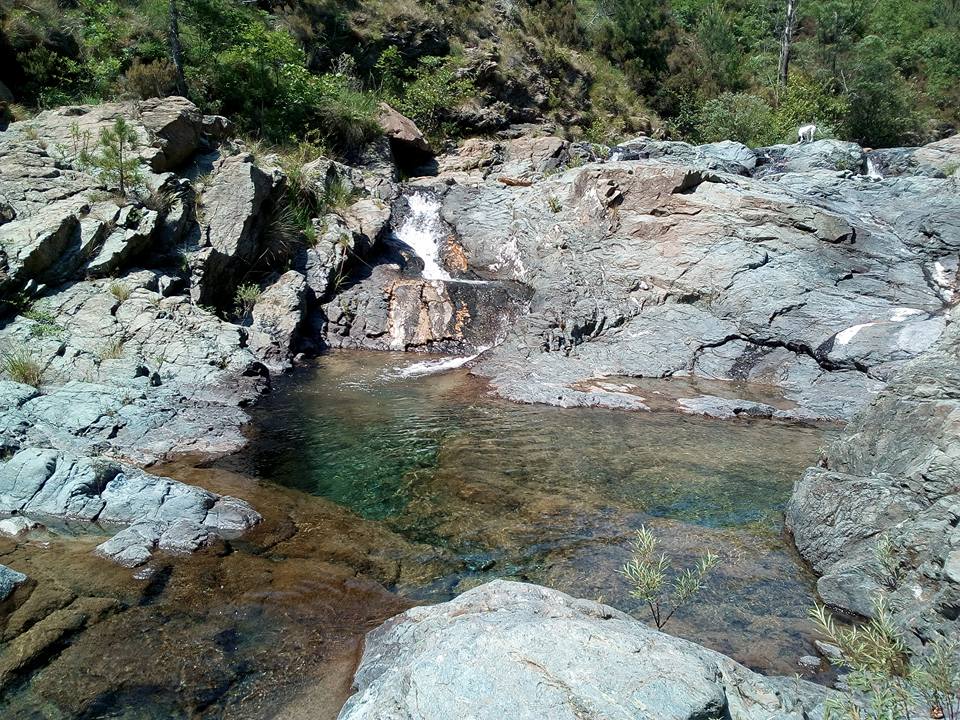In the footsteps of Chekhov
Genoa and surroundings
It was a quick and still largely unexplored visit that Anton Chekhov made to Genoa in 1894. The great Russian playwright was then 34 years old, and that encounter with the city became immortal two years later, in 1896, when Chekhov published "The Seagull", destined to become a major work in his oeuvre. It is between the lines that one of the characters, Dorn, responding to a question about which is the most beautiful city in the world, answers "Genoa", explaining that here "there is a wonderful crowd in its streets. When you leave the hotel in the evening, they are all packed. You move through the crowd without a destination, up and down, zig-zagging, living its life, merging with it psychically and beginning to believe that one universal soul is actually possible".

From Principe station to Via San Lorenzo
Like many travellers of the time, Chekhov got off at the Principe station in Genoa and from there most probably walked along Via Balbi, Via Cairoli and Via Garibaldi, the so-called Strade Nuove and Nuovissime, where the Palazzi dei Rolli are located. But he certainly also walked along Via San Lorenzo, being impressed by the cathedral and the swarming of the streets.

Towards the Staglieno cemetery
Little is known about that trip, but it seems certain that Chekhov visited the monumental cemetery of Staglieno, which at the end of the 19th century was already a destination for travellers arriving in Genoa. Staglieno is an important and immense monumental cemetery, which can be visited through the eyes of poets by following an evocative itinerary similar to the grand tours when poets and men of letters such as Mark Twain or illustrious personalities such as Princess Sissi visited Staglieno.

Nervi Parks
Many Russians used to stay in the







